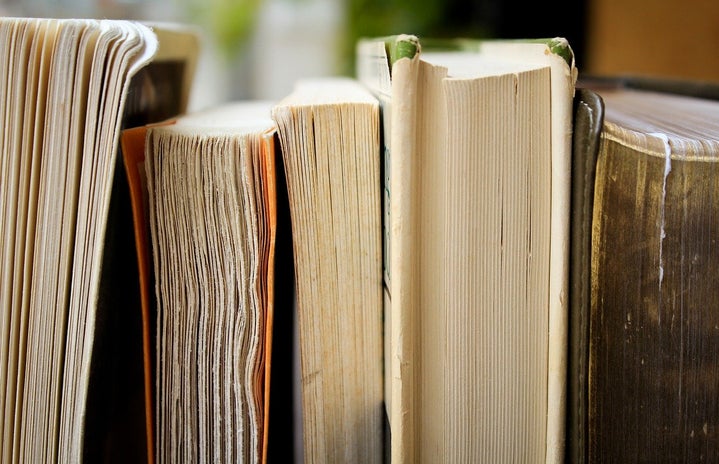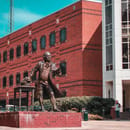Women’s History Month is a time to have conversations about the accomplishments of women and the historical changes that have allowed a new era of equality and independence for members of both sexes. So, this month, I picked out my top female-centric reads that highlight the diversity, strength and ambition of women years past to present. All of the listed literature is written strictly by women themselves (who better to hear from?) and relates to issues about gender roles and personal independence.
Autobiography
1. I Am Malala: The Girl Who Stood Up for Education and Was Shot by the Taliban (2013) – Christina Lamb and Malala Yousafzai
I Am Malala is about purposefulness and sincerity in action. It tells the story of Malala Yousafzai and her commitment to her own education and the education of other girls during the ban enforced by the Taliban. This book is striking because Malala was shot at age fifteen on a school bus because of her activism and campaign to speak out. Malala is ordinary but what sets her apart is defiance of passiveness in the face of fear.
2. The Princess Diarist (2016) – Carrie Fisher
I grew up watching Star Wars and admittedly dressed up as Princess Leia for Halloween as a young girl. I bought this book after Fisher died and read it quite soberly. The memoir is honest and delves into the mind of a woman who had to find an identity for the public and for herself. It includes pages from her personal diary, accounts of sexism in her industry as well as humorous, plucky encounters. Carrie Fisher shows a great example of both vulnerability and disregard for normalcy and helps to put in perspective that not every self has to be rigid or conformist.
Nonfiction
3. Silent Spring (1962) – Rachel Carson
Although the subject of Silent Spring is not about female plight it stands as a book that altered the course of history and our relationship with the environment. It is one of the few well-known books that credits a woman in STEM. Rachel Caron’s research and poetic description of ecology brought public awareness to the poisoning of the water, air and earth with DDT and other commercial pesticides. It’s a book about the impact of a few individuals to change society and life as a whole.
4. The Feminine Mystique (1963) – Betty Friedan
Friedan criticizes the post-WWII society that prompted women to leave the workforce and remain in the home in this very lengthy and very feminist book. All of her arguments are backed by historical evidence, interdisciplinary research and personal interview. The Feminine Mystique is cited as the source of second-wave feminism in the United States, so it’s a must-read for the well-informed feminist.
Novella
5. The Yellow Wallpaper (1892) – Charlotte Perkins Gilman
The Yellow Wallpaper is a short story available that criticizes the treatment and diagnosis of hysteria during Gilman’s time. The narrator and subject is made submissive to her husband, placed in a room alone and forbidden from intellectual pursuits. It parallels to current issues related to women and choices about their own health. You can also read “Why I Wrote the Yellow Wallpaper,” written by Gilman in response to critics.
6. Wide Sargasso Sea (1966) – Jean Rhys
Rhys wrote her novella as a feminist response to a more familiar book, Charlotte Brontë’s Jane Eyre. The story follows the marriage of Rochester to his first wife, Antoinette Cosway and her subjection to mistreatment and inability to remain a pre-colonial self under the authority of her husband. Similar to The Yellow Wallpaper, it speaks to the reason and necessity for women’s independence from men.
Political Need-to-Knows
7. Declaration of Sentiments (1848) – Elizabeth Cady Stanton
At the Seneca Falls Convention in 1848, women from all over the United States came together to speak for equality of socioeconomic, religious and political rights with men. It is a founding document of the woman suffrage movement. Basically, it’s a call-out post for the government’s lack of consistency when it came to equal rights. Elizabeth Cady Stanton was integral to the movement and the main contributor to the declaration.
8. The Equal Rights Amendment (1923) – National Women’s Political Party
A follow-up to some of the aims set by the Seneca Falls Convention, the Equal Rights Amendment was proposed to Congress to declare with a firm hand that sex has no hand in denying or affirming rights. It has yet to be ratified by all fifty states. Read about it here.
In a political era of controversy and the cultivation of prominent female leadership, it’s important to look back at the powerful suffragettes, activists, and writers that started it all. To summarize the above feminist literature: women have a voice that will be heard.



